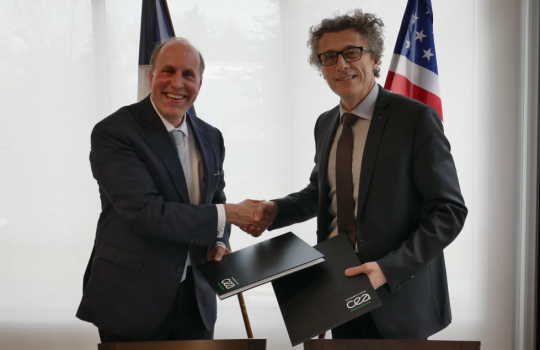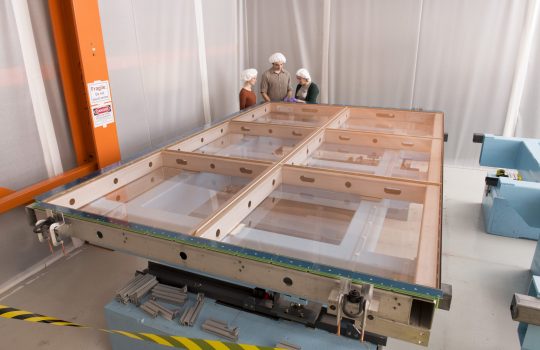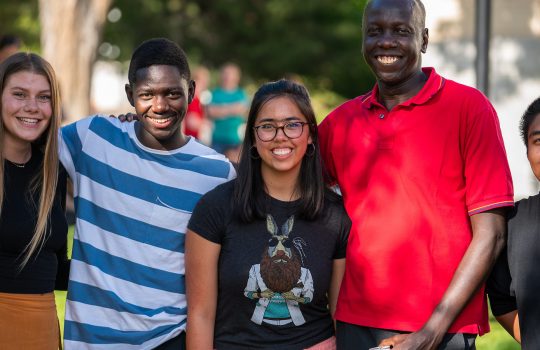United States and France express interest to collaborate on construction of superconducting particle accelerator at Fermilab and the Deep Underground Neutrino Experiment
- accelerator
- Deep Underground Neutrino Experiment
- DUNE
- dune-international
- France
- international engagement
- international relations
- internationality
- neutrino
- PIP-II
Agencies in the United States and France have signed statements expressing interest to work together on the development and production of technical components for PIP-II, a major particle accelerator project with substantial international contributions. In addition, the French agencies also plan to collaborate on DUNE, an international flagship science project that will unlock the mysteries of neutrinos.




